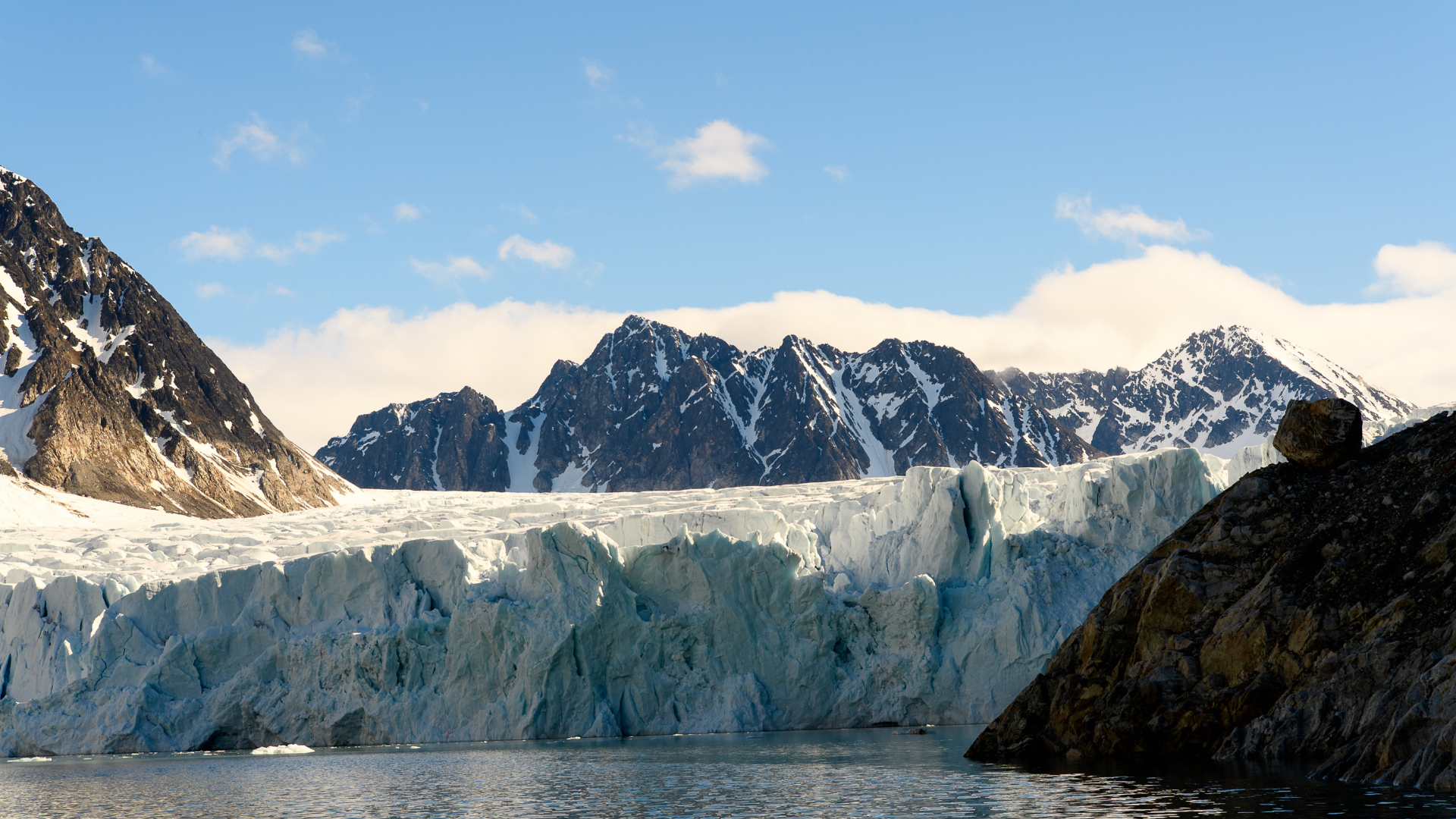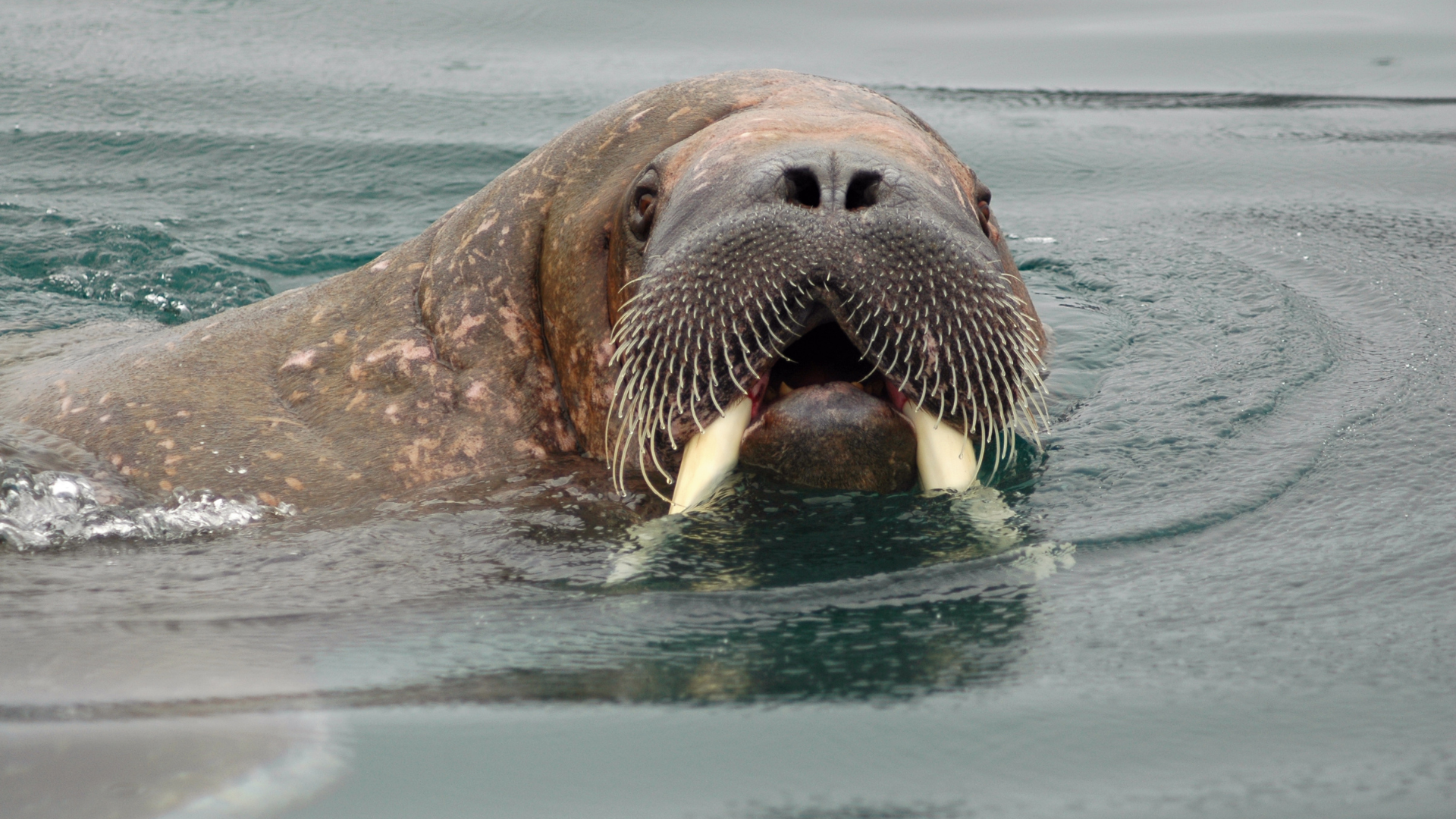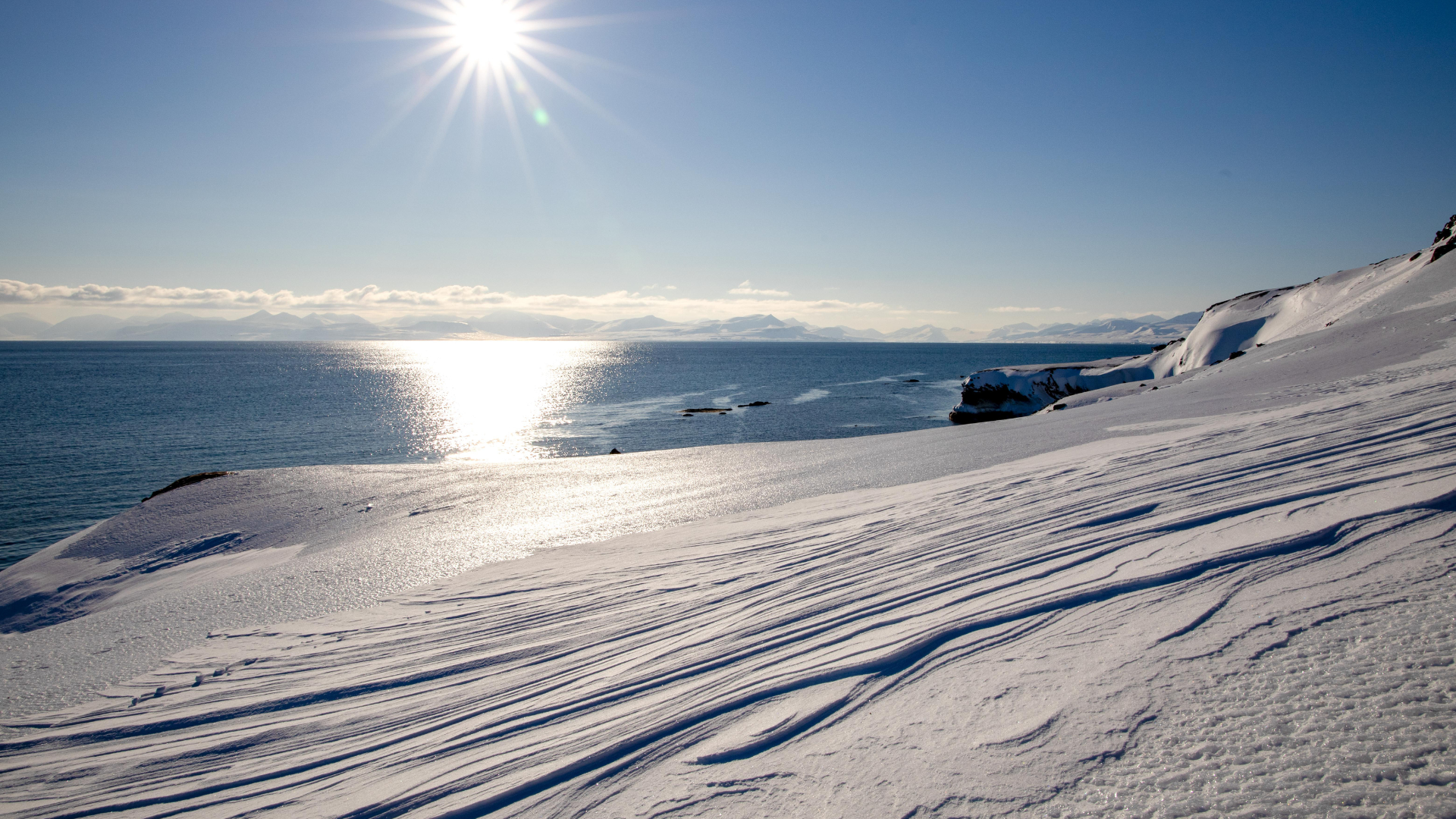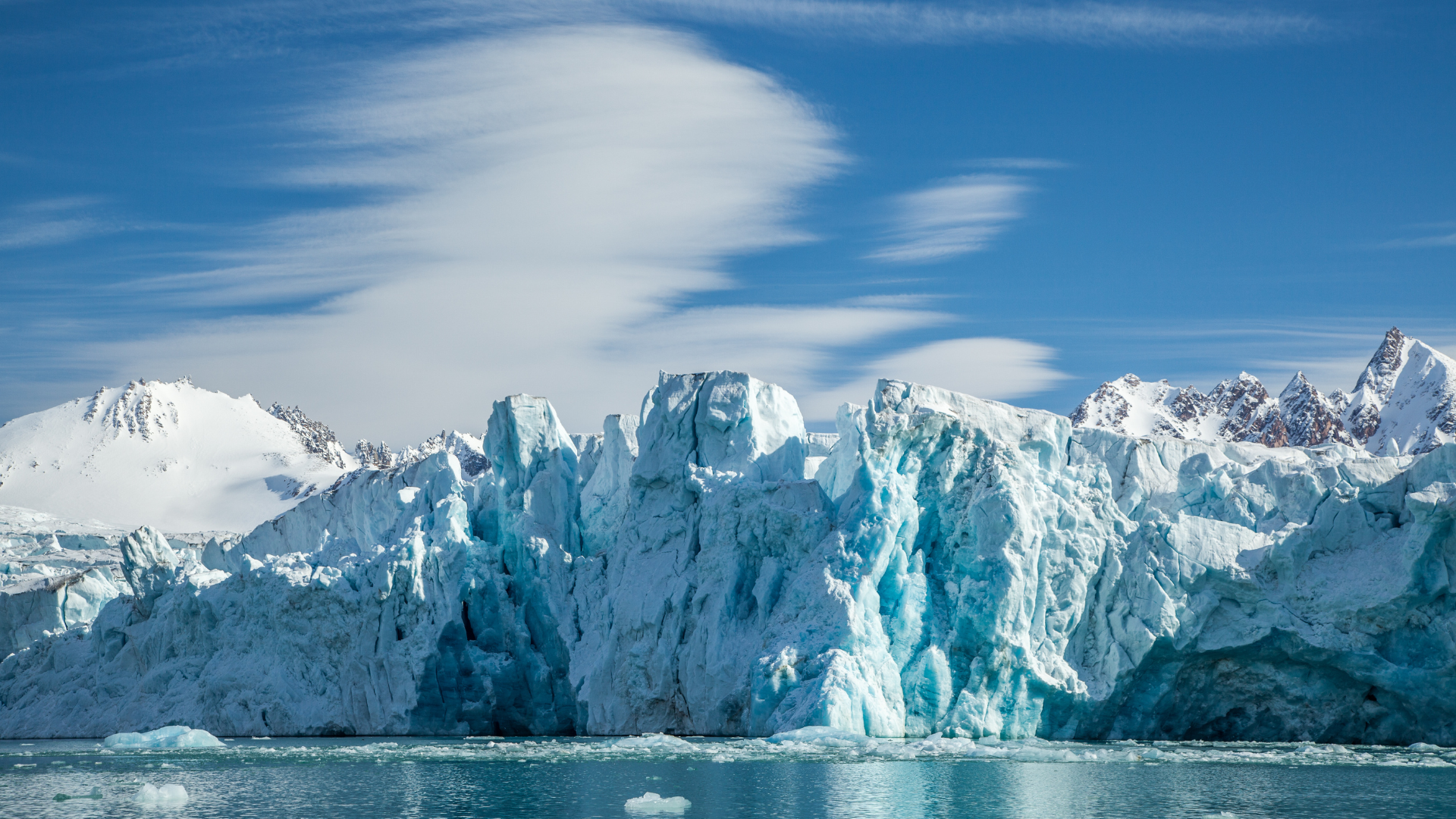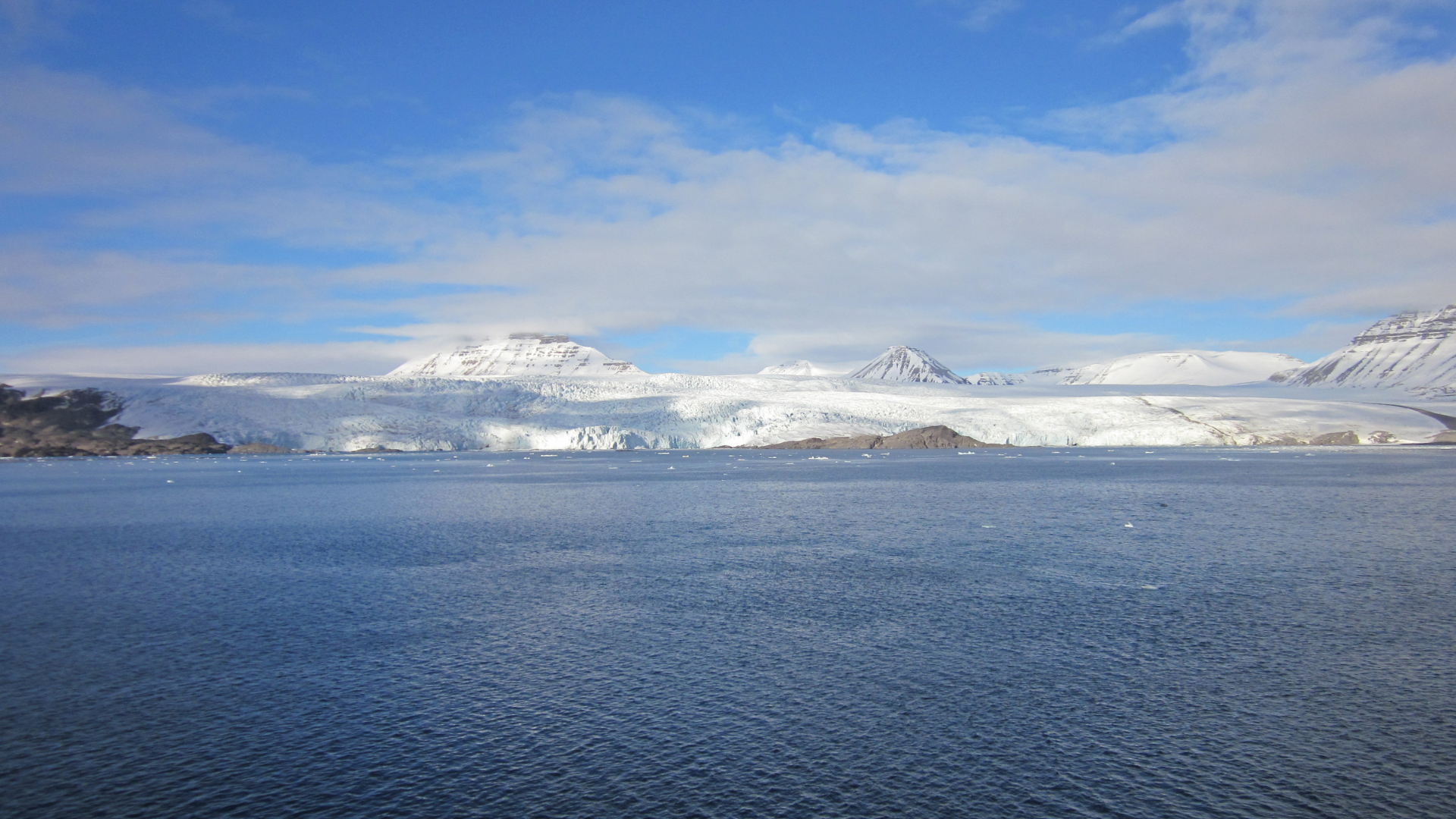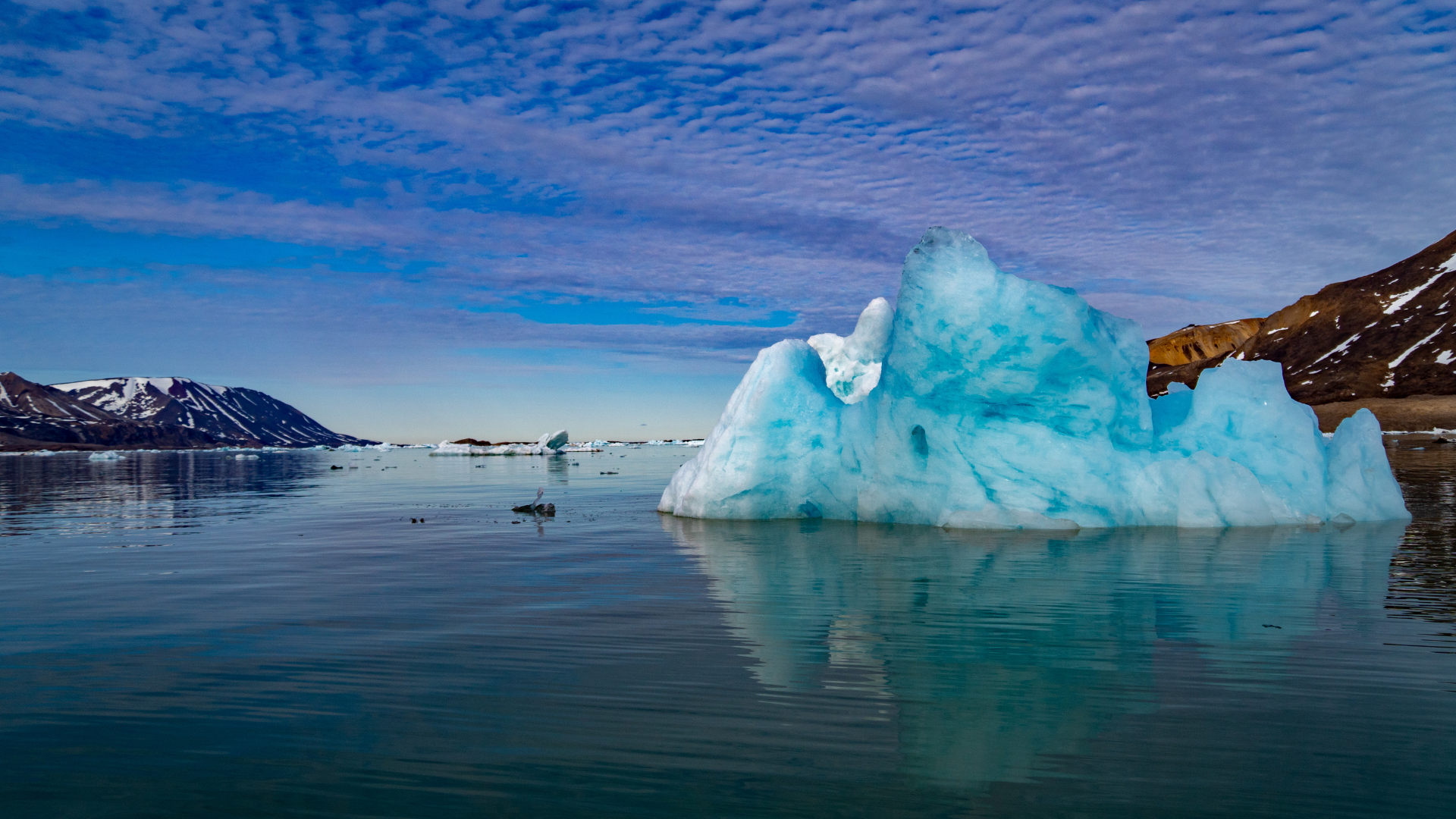It's Time To Explore Places That No One Has Been To
Spitsbergen Nature in August
Spitsbergen Nature in August

August is a month of transition in Spitsbergen, where the lingering vibrancy of summer begins to give way to hints of autumn. The landscape retains its lush green tundra, dotted with bursts of color from Arctic flowers. The warmer temperatures compared to other months make it an ideal time for outdoor exploration, whether hiking across valleys or kayaking through fjords. Wildlife remains active, with Arctic foxes, reindeer, and various seabird species frequently spotted. The longer days allow for extended adventures, offering unparalleled opportunities to immerse yourself in the raw beauty of the Arctic.
One of August's most captivating features is the prolific birdlife. Seabird colonies, including puffins, guillemots, and kittiwakes, are still bustling with activity as they prepare for migration. Birdwatchers can visit cliffs and coastal areas to witness these birds in their natural habitat. Meanwhile, the Arctic fox, ever the opportunist, can often be seen scouring the nesting sites for food. It is a vibrant period where the interconnectedness of Spitsbergen’s ecosystem becomes particularly evident.
The melting of snow and ice opens up opportunities to explore Spitsbergen’s waterways. Kayaking or boat tours offer access to secluded fjords and glacier fronts. August is one of the best times to witness calving glaciers up close, where massive chunks of ice dramatically break off into the water. The fjords teem with marine life, including seals and the occasional sighting of beluga whales. These experiences highlight the dynamic nature of Spitsbergen's marine ecosystems.
Plant life thrives under the midnight sun, which continues to cast its glow throughout most of the month. Mosses, lichens, and flowering plants cover the tundra, creating a fleeting Arctic bloom. The tundra becomes an inviting environment for short treks, with views of mountains and fjords framed by this seasonal greenery. As August progresses, you might even catch the first hints of autumn as leaves take on golden hues.
Glacial landscapes are more accessible in August, allowing visitors to hike across frozen expanses or explore glacier caves formed by summer meltwater. These otherworldly environments reveal the icy heart of Spitsbergen, showcasing the interplay of ice and rock that has shaped the land for millennia. Safety measures, such as traveling with a guide and wearing crampons, are essential when exploring these areas.
The Arctic waters surrounding Spitsbergen also draw attention during August. Whales, including humpbacks and minke, are frequently spotted as they take advantage of the nutrient-rich waters. Whale-watching tours provide a chance to observe these majestic creatures while learning about their crucial role in the Arctic ecosystem. These marine giants serve as a reminder of the interconnectedness of life in Spitsbergen.
August is also notable for its relatively mild weather. While temperatures rarely exceed 10°C, the lack of extreme cold makes it one of the most comfortable months to visit. However, weather in the Arctic can be unpredictable, and sudden changes are common. Visitors should always dress in layers and prepare for everything from sunshine to rain or even snow flurries.
The waning of the midnight sun toward the end of the month signals the approach of autumn. As the days grow shorter, the first inklings of the northern lights might even grace the night sky, providing a magical finale to the summer season. August in Spitsbergen is a time of vitality and subtle change, a perfect blend of natural beauty and adventure.
Want to travel to Svalbard?
It’s easy, just leave your details here and we will contact you
Sign up to our newsletter
We will get back to you as soon as possible
Please try again later
